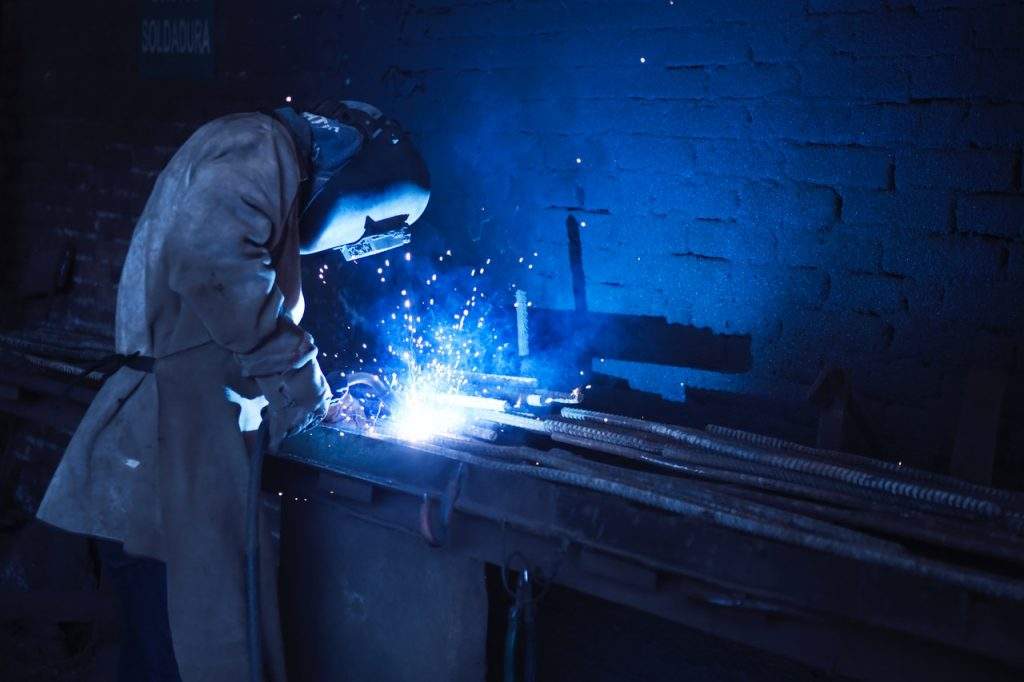
Metal hardness is defined as resistance to an indentation or other deformations. It might also describe a metal’s ability to repel scratching, cutting or different types of abrasions. Essentially, a metal’s hardness will determine how well it can stand an outside force without changing shape. Measuring hardness is essential in engineering and manufacturing applications because processes often involve intense stress and pressure on metals.
Hardness can be measured on different scales depending on the application. Below you can see the three levels of hardness measurement and instances where they are applied.
Macro-hardness
A macro-scale measurement will be suitable for general measurements of a material’s hardness. All that is required is a small sample to test. However, it does not account for faults in individual surfaces. Macro-scale hardness testing is helpful if you have a large stock of materials and want to obtain a quick snapshot of their strength.
Micro-hardness
Micro-scale hardness is more useful when trying to measure a specific object’s hardness. It involves indention and the measurement of the material’s resistance. This is valuable for testing equipment and other load-bearing materials for resistance to force. If you run a business that puts strenuous forces on metal materials, you might consider using hardness testing products. You can increase the safety of your workplace and make sure your equipment is adequately rated for the weight it bears.
Nano-hardness
Finally, nano-scale hardness requires precise equipment to measure microscopic forces being applied to the material in question. The measuring instruments can detect nanometers of change in the objects, allowing continuous testing on the same thing to determine the maximum force it can bear and if it is consistent.
Measuring hardness in metals is vital for workplace safety and manufacturing purposes. It can help your business utilize materials that are most suitable for the applications you carry out every day.